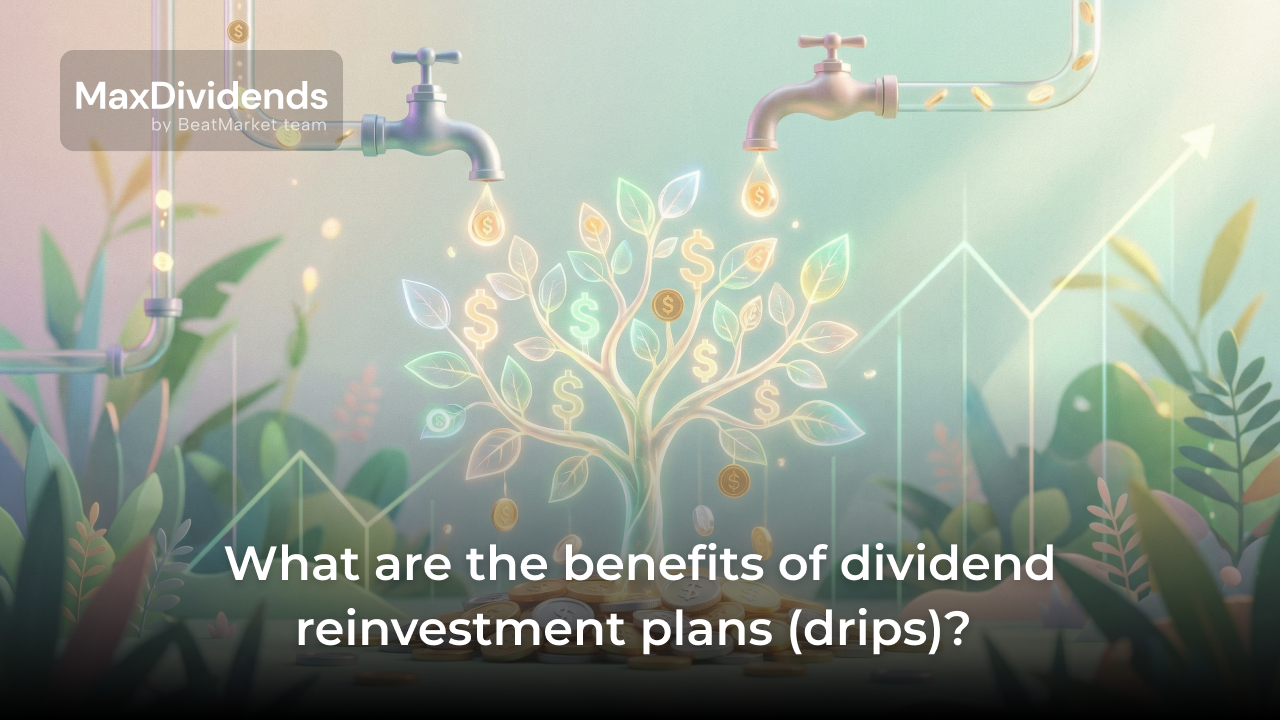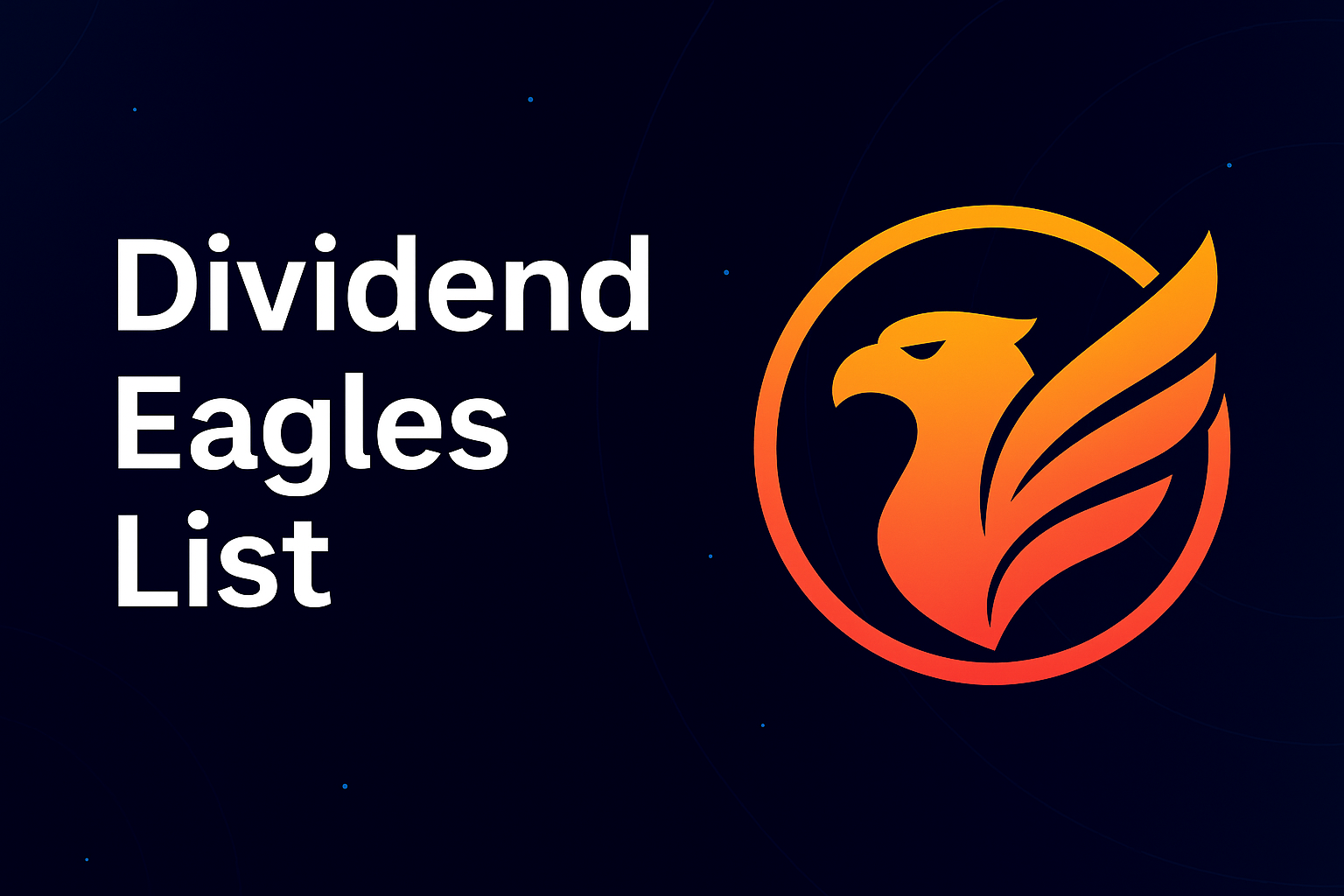Social Security retirement benefits are paid to people of retirement age who have earned 40 or more Social Security credits. But the amount is not large. Owning your own securities is key to achieving financial security in retirement. The Gold Standard requires that 10% of earned interest income be saved for retirement.
Building equity and generating a steady income stream can help with retirement savings plans. The advantage is tax benefits. The disadvantage is a fixed investment objective. The owner cannot withdraw the money before the specified date without penalty.
Table of Contents
The Best Retirement Income Funds of November 2024
Here are the 9 best retirement plans to generate income from an investment portfolio.
401(k) Plans – Employer-sponsored plans with tax advantages and potential matching contributions
401(k) plans are a way to save for retirement with the help of your employer. Money is automatically deducted from your paycheck to your 401(k) account.
In a traditional plan, the contribution amount is held before taxes are deducted. This means that your tax base is reduced by the money you invest. This solution is advantageous for high income earners. The Roth 401(k) plan requires that the money be contributed after income taxes are paid.
The most important benefit is employer contributions. They add to the bottom line.
Major drawbacks:
- Annual reload limit.
- Limited range of assets: The employer, not the employee, determines the list of instruments available for investment.
- Account not accessible until age 59.5.
In 2024, the catch-up limit is $23,000 for workers under age 50. And $30,500 higher for those age 50 and older. The total, including employer matching funds, cannot exceed $69,000 ($76,500 for those over age 50).
Roth IRA – Tax-free growth and withdrawals in retirement
IRAs allow you to invest for retirement without involving your employer. The main advantage is that you can choose where to invest.
A Roth IRA means that contributions to a retirement account do not reduce your current tax basis. However, in retirement, the investor is exempt from paying taxes on the earnings.
This is beneficial for people who have a low stream of income but plan to increase it in retirement. In addition, these accounts have more flexible withdrawal requirements.
The investment amount limit in 2024 is $7,000 for people under age 50. For investors age 50 and older – $8,000.
Traditional IRA – Tax-deductible contributions with tax-deferred growth
From a tax perspective, a traditional IRA works like a traditional 401(k). The amount you contribute reduces your tax basis. That is, it reduces your current tax liability. But when you withdraw the money at retirement age, you owe taxes on the investment earnings.
As with a Roth IRA, the same annual contribution limits apply.
Solo 401(k) – For self-employed individuals, offering high contribution limits
The Solo 401(k), also known as a Solo-k, Uni-k or One-participant k, allows small businesses to build a retirement savings account for their employees. It works much like a traditional 401(k).
An individual can contribute from pre-tax income earned as an employee. The annual limit is up to 100% of income, but not more than $23,000 ($30,500 for 50+).
An additional amount may be paid on behalf of the employer. But not more than 25% of the amount transferred from the salary.
SEP IRA – Simplified plan for self-employed or small business owners
This retirement program is designed to help small business owners. The main benefit is simplicity. Qualified retirement programs have more stringent reporting requirements.
Contributing to a SEP IRA is a small business profit allocation. A maximum of 20% or 25% (depending on the legal status of the business) can be contributed each year. However, the amount cannot exceed $69,000. Contributions from the account owner’s funds give no credit.
403(b) Plans – Retirement plans for employees of public schools and non-profits
This is another type of workplace retirement plan. It is designed for employees of nonprofit organizations. Contributions come out of your paycheck. The disadvantage is considered to be less protection from creditors. Also, there may be a very limited amount of assets available in such a plan.
Sometimes employers offer 2 types of retirement programs, 403(b) and 401(k). A person can use both at the same time. But total contributions for the year cannot exceed $23,000 ($30,500 for employees over 50).
The main benefit is the ability to increase the contribution limit. To qualify, you must have worked for a nonprofit or government organization for more than 15 years.
Like the 401(k), the 403(b) can be of 2 types:
- Traditional (contributions reduce tax base);
- Roth (tax credit available upon withdrawal).
Thrift Savings Plan (TSP) – Federal government employees’ plan with low fees
This is a retirement program for military and government employees. The terms are largely the same as the 401(k). Contribution limits are the same. A TSP can be converted to a 401(k) when leaving government service for the private sector. A reverse conversion is also permitted.
Investments in index funds and mutual funds are available in the TSP.
Health Savings Account (HSA) – Triple tax advantage when used for healthcare in retirement
This investment plan is designed to help people cover the cost of medical care. But it can also be used to maintain a higher standard of living as you age. Savings from an HSA can be used by a retiree to pay for these expenses:
- food;
- rent and utilities;
- transportation expenses, etc.
The contribution limit for young adults in 2024 is $4,150. Individuals age 55 and older can contribute up to $5,150.
Brokerage Account – Offers flexibility and investment options for long-term growth
The most flexible uses of core funds are subject to a brokerage account. You can withdraw money from it at any time. The main disadvantage is the lack of benefits. The replenishment of a brokerage account does not reduce the current tax base. It is possible to reduce the capital gains tax only through long-term investments.
How Do Retirement Income Funds Work?
RIF is generally a balanced fund. Its assets are a well diversified portfolio of stocks and bonds of large capitalization companies.
These funds make monthly or quarterly commission payments to their clients.
Retirement income funds for everyone
The following investing vehicles can help you income generation:
- bond funds;
- stock funds;
- money market funds;
- underlying funds;
- balanced funds;
- individual stocks and bonds;
- pension annuities, etc.
If you have a short time before retirement (for example, two to four years), you can use time deposits.
Retirement Income | Where to invest for retirement | Fidelity
Fidelity offers retirement nest eggs with age-appropriate asset allocations. The company also works with pension savings funds. The basis of the investment strategy is to increase cash flow through regular dividend income.
Asset allocation funds may allow people with minimal investment knowledge to save for retirement.
Here are the best Target-Date Retirement funds
In Novemder 2024, Forbes named the best american funds with target-date retirement. Information about them is provided in the table below.
| Target Date Fund (ticker) | Number of Component Funds | Expense Ratio, % | Price, $ (as of November 11) | YTD Return, % | 5y Average Return, % |
| Vanguard Target Retirement 2060 Fund (VTTSX) | 4 | 0.08 | 53.69 | 13.70 | 10.02 |
| JPMorgan SmartRetirement Blend 2060 Fund (JAABX) | 14 | 0.29 | 26.92 | 13.74 | 9.40 |
| Nuveen Lifecycle Index 2060 Fund (TVIHX) | 4 | 0.2 | 20.70 | 14.43 | 10.67 |
| Voya Index Solution 2060 Port Z (VSZIX) | 7 | 0.16 | 16.91 | 14.35 | 10.32 |
| T. Rowe Price Retirement 2060 (TRRLX) | 22 | 0.64 | 17.49 | 14.15 | 10.39 |
| State Street Target Retirement 2060 (SSDYX) | 5 | 0.09 | 16.89 | 12.13 | 9.31 |
| BlackRock LifePath ESG Index 2060 (LEZAX) | 11 | 0.5 | 14.80 | 14.35 | -(Inception August 2020) |
The main disadvantage is that these funds take a management fee. Using them is less profitable than investing directly in stocks.
Investments that offer the potential for income and growth
Pension funds typically have a conservative allocation of assets. You can increase your principal by investing a part of your portfolio in:
- growth stocks;
- small capitalized companies with high potential to grow;
- cryptocurrencies.
But these are risky investments, they do not bring balance income. Such investments are mainly suitable for young people. And they should not make up 100% of a retirement income portfolio.
Get a complete portfolio in a single fund
The simplest retirement portfolio is a target-date fund. The manager invests in a portfolio of stocks and any bond portfolio. As the retirement date approaches, the manager adjusts the asset allocation toward conservative investments. The client indirectly owns a balanced set of securities.
More from Charles Schwab
Charles Schwab offers funds with target dates through 2065 (in 5-year increments).
For example, SWNRX (target date 2050) a 10-Year Trailing Returns is 8.14%.
Ready to invest in a mutual fund?
To start investing in mutual funds and ETFs, you must:
- Develop a personalized savings plan (decide how much and how often to invest).
- Determine the type of fund you want (with a target date, specific asset category, etc.).
- Compare the characteristics of existing options (yields, commissions, etc.).
- Use your 401(k), IRA, etc. accounts or go directly to the company of your choice (mutual funds only).
It is advisable to consider large mutual fund companies. For example, Vanguard.
Guaranteed income annuities (GIAs)
GIAs provide regular income for the rest of your life in exchange for a lump sum or series of premiums. Payments can begin immediately or be deferred.
The main disadvantages of these income sources are high commissions and lack of federal insurance. The advantage is that they are fixed income investments. This makes it easier for a retiree to plan expenses.
Which retirement plan is best for you?
It is wise to diversify your retirement capital. For example, an overall portfolio might include a 401(k), an IRA, an HSA, and a brokerage account.
When choosing between a traditional format and a Roth, consider your current financial situation and risk tolerance. A young person with a low income who plans to use high-yield investments will benefit more from a Roth. For a conservative strategy, a traditional 401(k) and IRA may be preferable.
FAQ
What is the best investment for retirement right now?
The best option is to join a company pension plan. Employer contributions are an additional source of income.
What is the $1000 a month rule for retirement?
This rule states that you can withdraw $1,000 per month for every $240,000. This allows you to quickly calculate the amount of retirement capital you need based on your desired income in retirement.
This is equivalent to a withdrawal rate of 5% per year. Statistically, assuming low inflation and high stock market values, the remainder of your portfolio will last 30 years.
What is considered a good retirement fund?
Funds with low management fees and a moderately conservative allocation of assets are considered the best option. This includes funds that invest in both stocks and bonds. One example is Vanguard Wellington Fund Investor Shares (VWELX).
What is the safest investment with the highest return?
The most reliable investment is government bonds. For example, on November 11, 2024, the yield on 30-year U.S. Treasury bonds was 4.479.
Where should I put my retirement money right now?
There is no one-size-fits-all answer. You need to consider your current income, your age, and your expectations for assets in the early years of retirement.
Which investment is best for retirement?
For pension income, the best options are considered to be:
- Coupon bonds or other fixed income securities (e.g., annual income from annuities);
- dividends from mutual funds and Exchange-Traded Funds on the S&P 500 and other popular indexes;
- interest on high-yield savings accounts and time deposits.
Where should I keep my money to get the highest rate of return?
Large-cap ETFs and mutual funds, and a fund of funds are considered optimal from a risk/reward perspective. For example, funds like dfthe Fidelity Growth and Income Portfolio (FGRIX).






